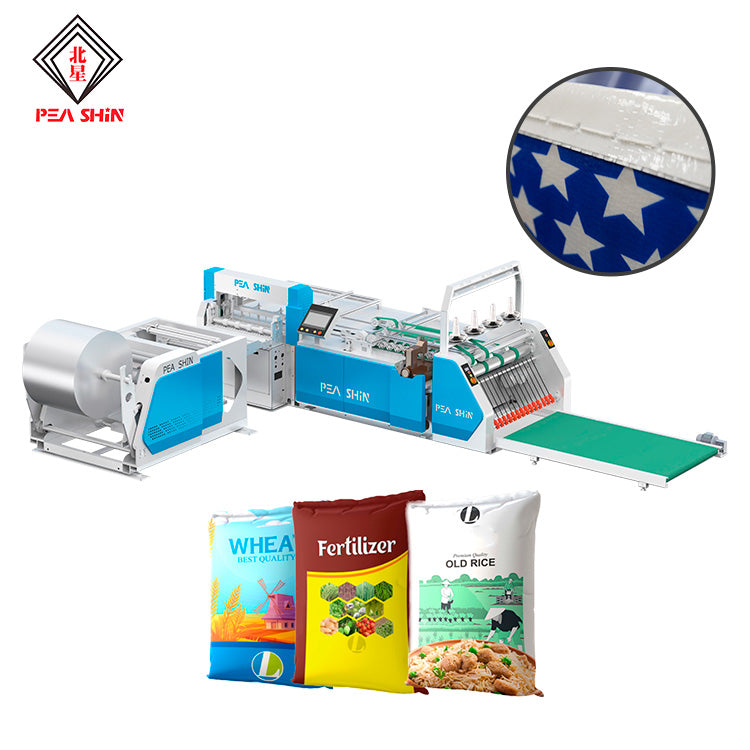
Energy Efficiency in Blown Film Machine: Power and Heating Components
Energy savings in film blowing machines can be categorized into two main areas: power consumption and heating efficiency. Here’s a detailed look at how energy savings are achieved in each of these aspects:
Power Consumption Savings
1. Inverter Technology
Modern film blowing machines predominantly utilize inverters to optimize power usage. Traditional motors often run at a constant 50Hz, but production may only require 30Hz. The excess energy consumed by running at 50Hz is wasted. Inverters adjust the motor’s power output to match the actual production needs, thereby reducing unnecessary energy consumption and improving overall efficiency.
2. Dynamic Power Adjustment
By dynamically adjusting the motor speed and power output, inverters minimize residual energy and enhance efficiency. This results in significant energy savings, as the system operates only at the required frequency, leading to lower electricity consumption and reduced operational costs.

Heating Efficiency Improvements
1. Electromagnetic Heaters
In the heating component, the shift from traditional resistance coils to electromagnetic heaters represents a major leap in energy efficiency. Electromagnetic heaters offer a substantial energy saving—ranging from 30% to 70% compared to older resistance heating methods.
2. Enhanced Heat Utilization
Electromagnetic heaters feature an additional layer of insulation, which significantly improves the heat energy utilization rate. This insulation minimizes heat loss and ensures that more energy is effectively used for heating the material.
3. Direct Heating Advantage
Unlike resistance heaters, electromagnetic heaters heat the material tube directly. This direct heating approach reduces the heat transfer loss that typically occurs with resistance heating, leading to more efficient energy use.
4. Faster Heating and Increased Efficiency
Electromagnetic heaters heat up more quickly—over 25% faster than resistance heaters. This faster heating capability not only shortens the heating time but also enhances production efficiency. The motor operates in a more stable, saturated state, reducing power loss and improving overall machine performance.
Conclusion
By integrating advanced inverter technology and electromagnetic heaters, modern blown film machine achieve significant energy savings and operational efficiency. The combination of optimized power management and improved heating methods ensures lower energy consumption, reduced operational costs, and enhanced production capabilities. Embracing these innovations in your film blowing operations can lead to substantial long-term benefits and contribute to more sustainable manufacturing practices.



















